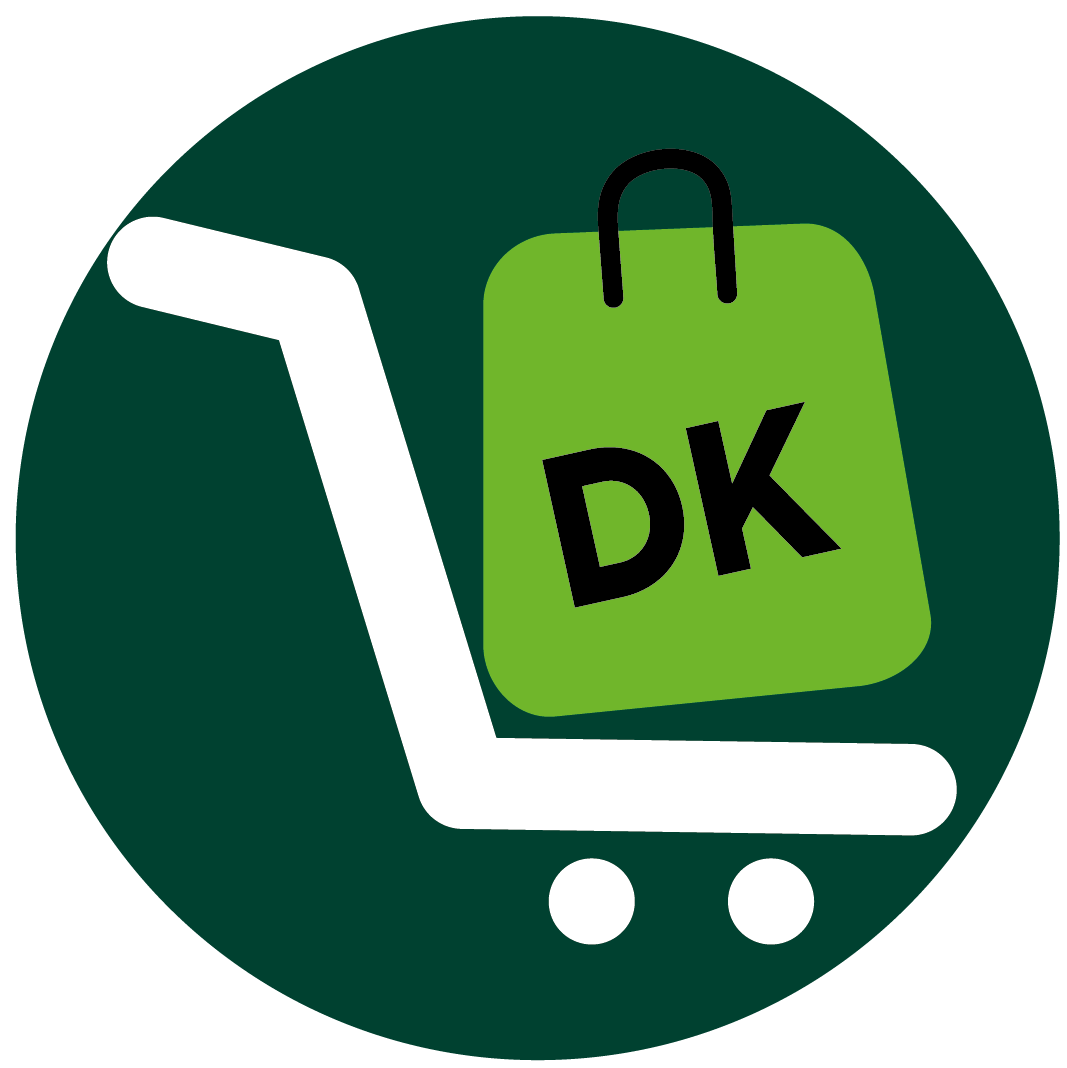Starting an Etsy business can be a lucrative undertaking if you do the right things at the right time. Things like picking the proper niche, being in tune with your audience’s preferences, selling your products at competitive prices, and providing stellar customer service.
This is what the article teaches you—and much more.
To launch a profitable Etsy store:
- Find the Right Niches and Suppliers
- Set up Your Etsy Store
- Brand Your Etsy Store
- Create Your Listings on Etsy
- Choose Your Payment Method
- Review Policies Relevant to Your Etsy Business
- Familiarize Yourself With Etsy’s Seller Protection
- Promote Your Etsy Store
- Create a Customer-Focused Shipment Plan
Let’s start!
1. Find the Right Niches and Suppliers
To begin an Etsy business, find the proper niche and the suppliers present in that niche. Use Google Keyword Planner to perform keyword research and find the product your audiences are searching for.
Pick a specific keyword to discover the niches your audiences show interest in. Use Similarweb, MonsterInsights and Google Trends to research niche-oriented keywords. Look for reputable suppliers and find out essential information about them so you can establish a trustworthy relationship from the get-go. Communicate your expectations to the suppliers, make sure they agree with those desiderata, and ask them about their terms and conditions of service.
2. Set up Your Etsy Store
To launch a successful Etsy business, create an Etsy account by logging onto the Etsy site. Click the ‘Sign Up’ icon and enter all the relevant data to complete the registration process. Connect to your account like Google, Facebook or Apple account to increase your store credibility.
Visit Etsy Sellers to sign up as an Etsy seller and fill out your relevant information to complete the registration. Provide all information that can help you complete the process so you can start setting up your shop immediately.
3. Brand Your Etsy Store
To begin a lucrative Etsy business, make conscious branding choices for your Etsy store. To set your store apart from your competitors’, give it a distinctive, memorable and unique name. Use a bright cover photo with an impressive design.
Take nice photos of the products to give your customers a complete idea of the products you sell— and upload them to your store.
4. Create Your Listings on Etsy
Want to start a lucrative Etsy store that is the envy of your whole niche? Then write an enthralling description that not only provides relevant information about the product but also tells shoppers how the product can benefit them and improve their lives.
You see, it’s not always about how beautiful a product is; it’s also—if not more—about what the product can do for your customers.
To gain inspiration, visit your competitors’ stores and look at their products’ descriptions. Create great listings because they are the lifeblood of your Etsy store—include interesting product titles, descriptions and photos. Consider words and phrases that customers use when searching for products online, do a Google keyword search, and combine these elements to form catchy product titles.
Upload well-lit photos of the things you want to sell on your Etsy store and show alternate angles of the products so shoppers can make informed purchase decisions. Provide essential information for your listings to increase shoppers’ likelihood of finding your items easily.
Use descriptive words to highlight your product’s qualities and benefits to help customers and visitors know why they should buy from your Etsy store. Answer your customers’ and shopper questions about the texture of the product or usage.
Use pictures that can appeal to your target audiences’ interests. Keep your customers in mind when thinking of the images to use for your store.
5. Choose Your Payment Method
To kick off your Etsy business, pick the best payment gateway possible for quick financial transactions. Provide your tax information so Etsy can determine your tax filing status—and tell whether you are an individual, sole proprietorship or registered legal organization.
Provide your country of residence, full name, address, date of birth, phone number, and the last four digits of your social security number. Specify your bank’s location (country) and enter your routing number and checking or savings account number to receive funds from Etsy.
6. Review Policies Relevant to Your Etsy Business
To set up an Etsy business, consider Etsy policies and be sure you can abide by them. Familiarize yourself with Etsy’s seller directives to understand how your shop works, how Etsy pays you, and how Etsy protects your store—and then decide if you can manage those rules or not.
Keep in mind, for example, that an Etsy listing costs $0.20, no matter how dormant or active the product is.
You don’t want your products delisted from Etsy, do you? Never worry about that because Etsy provides an auto-renewal feature for items expiring in the next four months so as to enable you to keep your listings active and longer than four months (and also keep track of inventory without always recreating listings).
Provide customer support and a stellar shipping experience so you can avoid issues with your buyers. Include up-to-date shipping information in your listings so that your customers know how the process is going.
7. Familiarize Yourself With Etsy’s Seller Protection
To begin a money-making Etsy business, make sure your store is in good standing so you can qualify for the Seller Protection policy Etsy grants all sellers when it comes to resolving conflicts.
Read the Seller Protection policy thoroughly so you have a clear idea of what it entails and when it applies. Etsy mediate disputes between you and your customers over product quality concerns, chargebacks, shipping issues and payment disagreements.
8. Promote Your Etsy Store
To launch an Etsy business and scale it over time, market your listings using Etsy’s built-in promotional tools—which improve the way your listings rank in Etsy search results.
Promote your listings on Google to reach buyers outside Etsy. Create coupon codes to increase sales, branding and awareness; reward customers; and entice visitors to check your online store for the first time.
Promote your shop on social channels by sharing your Etsy listings with friends and family to keep them buying from you. Set up a business profile on Facebook, Pinterest, and Instagram to get more exposure and boost sales.
9. Create a Customer-Focused Shipment Plan
To start a successful Etsy business and improve sales over time, create a customer-focused shipment policy.
Never wait until you make your first sale before figuring out how you’ll fulfil a customer’s order. Think about your logistics so you don’t keep your customers waiting too long for their items. Use an Etsy shipping vendor to complete the customer’s order—or agree with your supplier to ship items to the customer directly.
Etsy has a system that helps its vendors ship items. Use Etsy tools to print shipping labels, calculate shipping charges and track packages. Think about the kind of package you can use to secure the item in transit and create an outstanding unboxing experience.
Conclusion
To create a profitable Etsy business, find the right niches and suppliers and set up your store. Brand the store properly and create your listings so you can start ranking in Etsy search results. Choose relevant payment methods and review policies that are pertinent to your Etsy store, including the all-important Etsy Seller Protection policy.
Don’t forget to promote your Etsy store and also create a client-oriented shipment plan.














